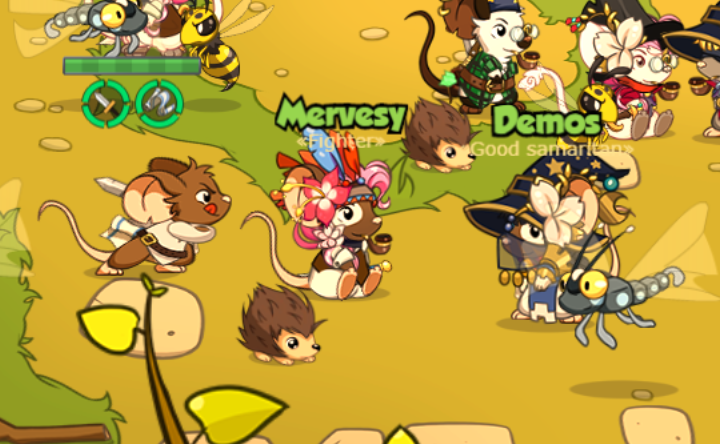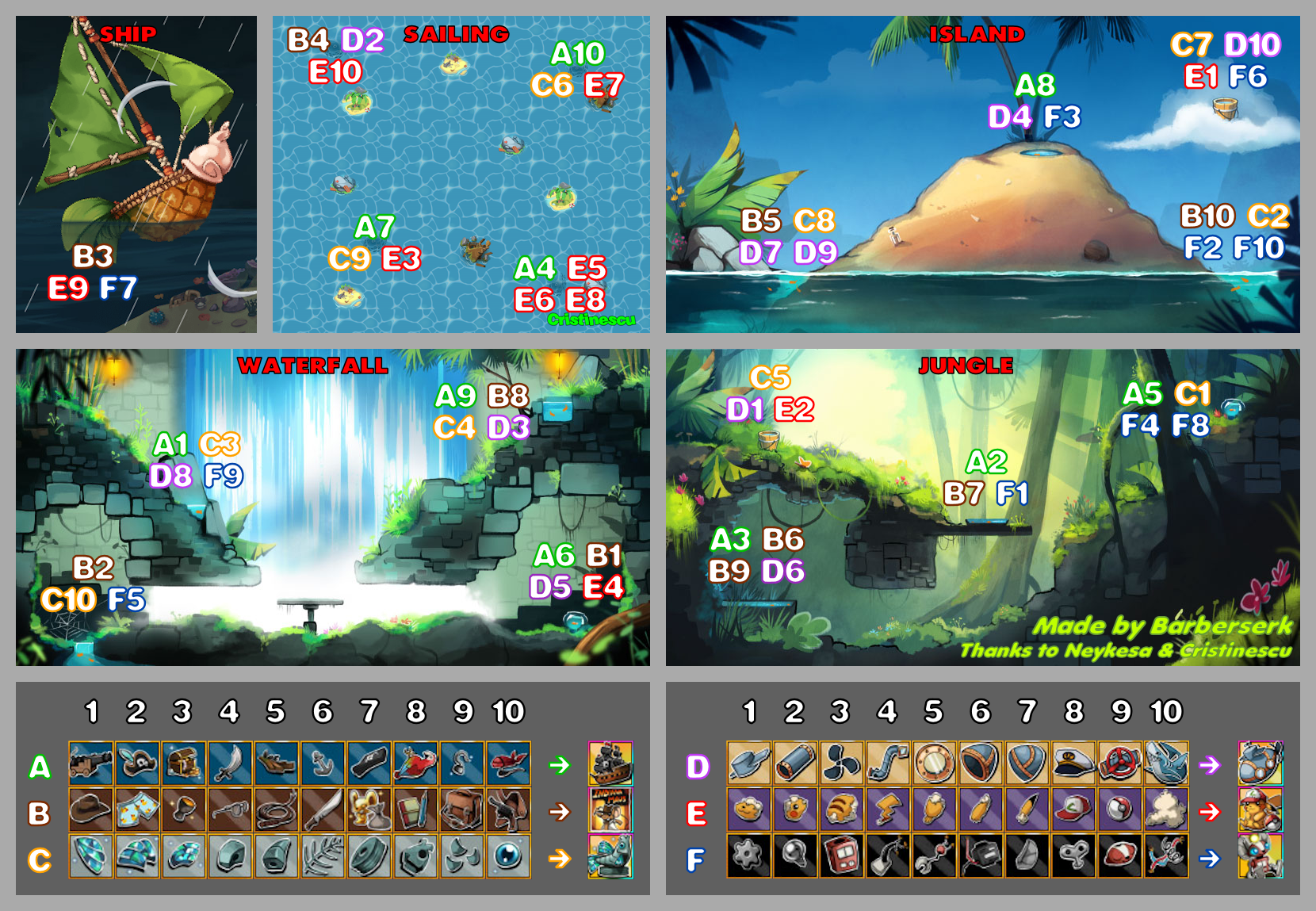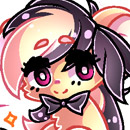

These consumables spawn objects into the game which are thrown by the mouse using them in the direction they are facing. Watch advertisements via an opt-in serviceĬhests are consumables that reward the player with a random event reward ( shop item, title, badge or cartouche) from previous events. Other than cheese and fraise coins, all coins are only usable in village rooms.

When a cheese or fraise coin is used, it will add one cheese or fraise to your shop respectively.Ĭheese and seashell coins are tradeable like any other consumable, but other coins are not tradeable. Inventory items first appeared in Fishing 2014.
If you have reached the maximum and you earn another one, it will not show up on the right-hand side unless it came from opening a letter or Christmas present. Coins, chests and event items have different maximums. The maximum number of items you can have in a single stack is usually 80. Coins (except cheese and seashell), chests and most event items are not tradeable. Most items on this page are tradeable with other players (assuming the other player doesn't have the maximum amount). Items that perform an action when clicked are called consumables.

All items stay in your inventory forever except for adventure inventory items, which are specifically linked to an event/adventure and are removed once the event has ended. To use or equip items, click and choose an option. The inventory contains items you have earned and can be accessed by pressing I on your keyboard or clicking on the interface. These are all a treasury of knowledge accumulated and passed down by the previous generations.For a list of event inventory items, see Adventure inventory. The household utensils and the clothing of the ancestors along with the artistic sculptures and old photos preserved on the second floor represent another form of books. The artistic works or daily necessities passed down from generation to generation are the wordless books of the aborigines. For the aborigines, the wisdom displayed through words recorded in the books is hidden inside the woven embroidery or the engraved stone and wood carvings. In a building full of artistic atmosphere, the books turn out to be the foil of the preserved artwork. The first floor preserves the prototype of the library, while books related to the aborigines are placed in categories on the bookshelves in two reading rooms. Thanks to the generous Xie Ying Hua donating the land covering about 427 square meters for the construction of the Museum. Sensing the gradually diminishing aboriginal art and culture, the former township Mayor Yan Han Chiu received a construction fund of NT$ 3,000,000 approved by the former Governor of Taiwan Province Chiu Chuang-Huan during his visit in November 9, 1986, to establish this Museum to promote traditional culture. Looking up to appreciate the beauty of the mountains as if they were just washed clean by melted snow, the visitors bend down to open the book and enjoy their time surrounded by books and poetry. The beauty of the village is revealed as visitors step into the Museum. The Museum located in Jiaping Village embodies the essence of Taiwu Township through the stone slab house and aboriginal heritage.


 0 kommentar(er)
0 kommentar(er)
